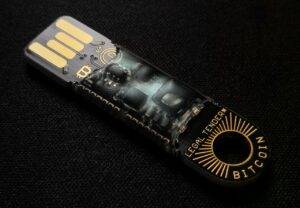
There is nothing quite like reading something on paper. Electronic copies of books will never be the same as the smell of a good book, and the feel of the paper. A poetry class will never be complete unless you scribble a million things in the margin. But getting prints without an in-house printer can get expensive in the long run. If you are in undergrad or graduate school, it would be easier to have a printer of your own. And even if you are done with school, a printer is a must in a home office. It also happens to be one of those frustrating gadgets to set up. So we have come up with a quick guide to help you select and set up a printer. Before selecting a printer, here are the questions you need to ask yourself: What are you going to be printing? Are you going to be printing only text-based documents? Or are you also going to be printing images? On average, how much printing will you be doing? This determines the kind of printing method you need. If you need to print less often, you can go for an expensive option and if you need to print more regularly, you go for a printer that uses less expensive components. What kind of paper will you be using? Lighter, cheaper quality paper cannot handle heavy, more saturated ink. And certain printers can only use those inks. So, your printer choice also depends on the paper you are going to be using. The different types of printers that you can choose from are inkjet print, dot printer, laser printer, etc. Now let’s move on to how to set up this printer: First, you will need to know the version your computer operating system is and whether it is a 32-bit system or a 64-bit system. Next, you need to download the printer driver that is compatible with your operating system. You can do this from the official website of the printer company, or if your printer came with a drivers CD. If you are installing this on your laptop, make sure to plug it in while it downloads and installs it. Next, set up the printer on a flat surface. Use the printer cable that is in the box to connect it to your computer. This is essentially one of the many types of USB cables. So, one side of the printer cable will have a regular USB A connector, and the other side will have a rather square-ish rounded edges connector. Plug this cable into the computer and the printer. Then plug in the power cable of the printer in a socket. Pull open the paper tray of the printer and put a stack of the paper of your choice. Now, you have to run a test print. Since you have already downloaded and installed the drivers, this should run smoothly. If it does, you are ready and you can go ahead and start printing what you want. If this does not work, or if the printer you are trying to set up is an old one, you will have to do some troubleshooting. Check if the USB cables are in okay condition. If the casing shows signs of damage at the ends, or there are some bumps or lumps on the cable, then your cable may not work and you need to get a new one. If that is not the case, you should check the printer itself to see if the cartridge has not dried up. If so, you will have to replace that. You can easily order a new one online. Another thing that could be an issue is if the paper is jammed in the rollers. Since the paper cannot move, no print can come out, and there is a chance of the ink spilling as well. While all this makes setting up a printer a herculean task, once it is set up, you can get easy access to printing anything you want, at any time you want. The joy of a successful print is in the fresh warm paper!

